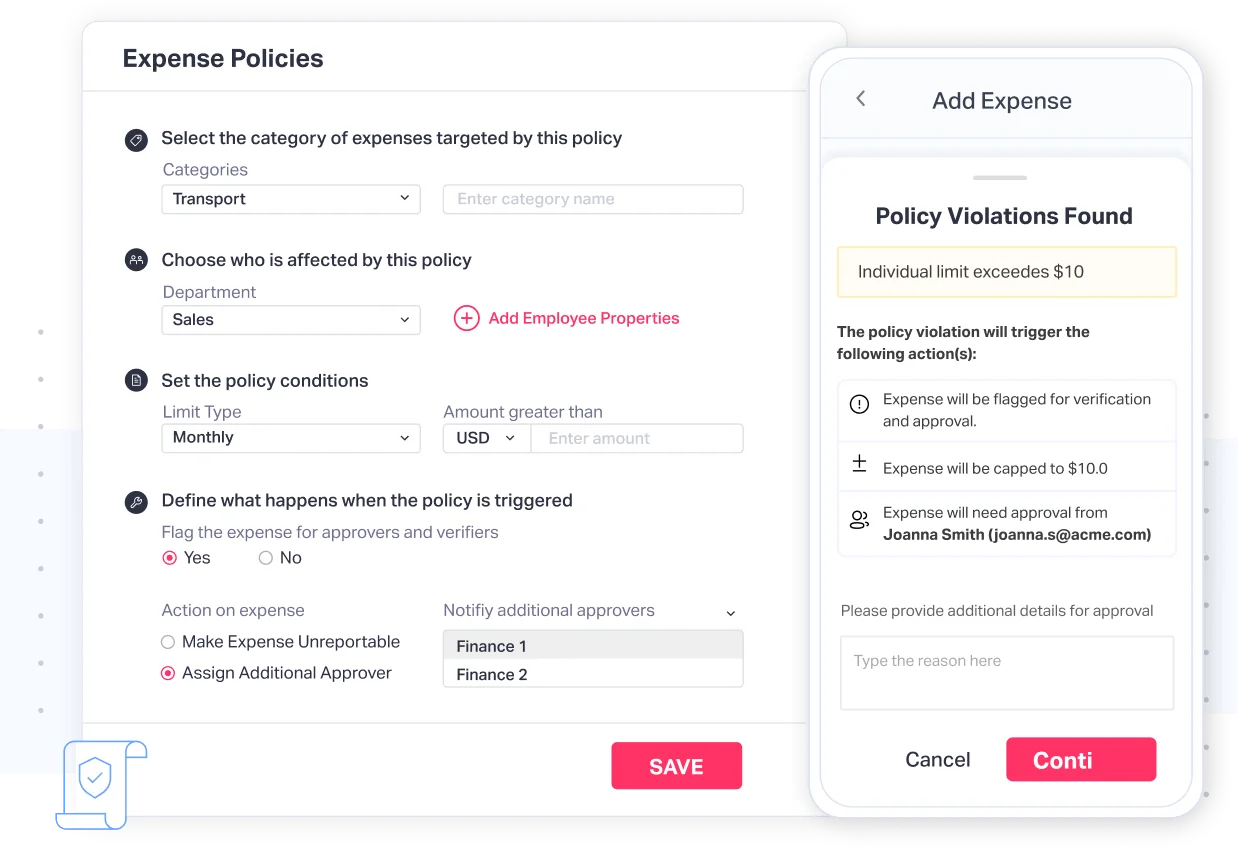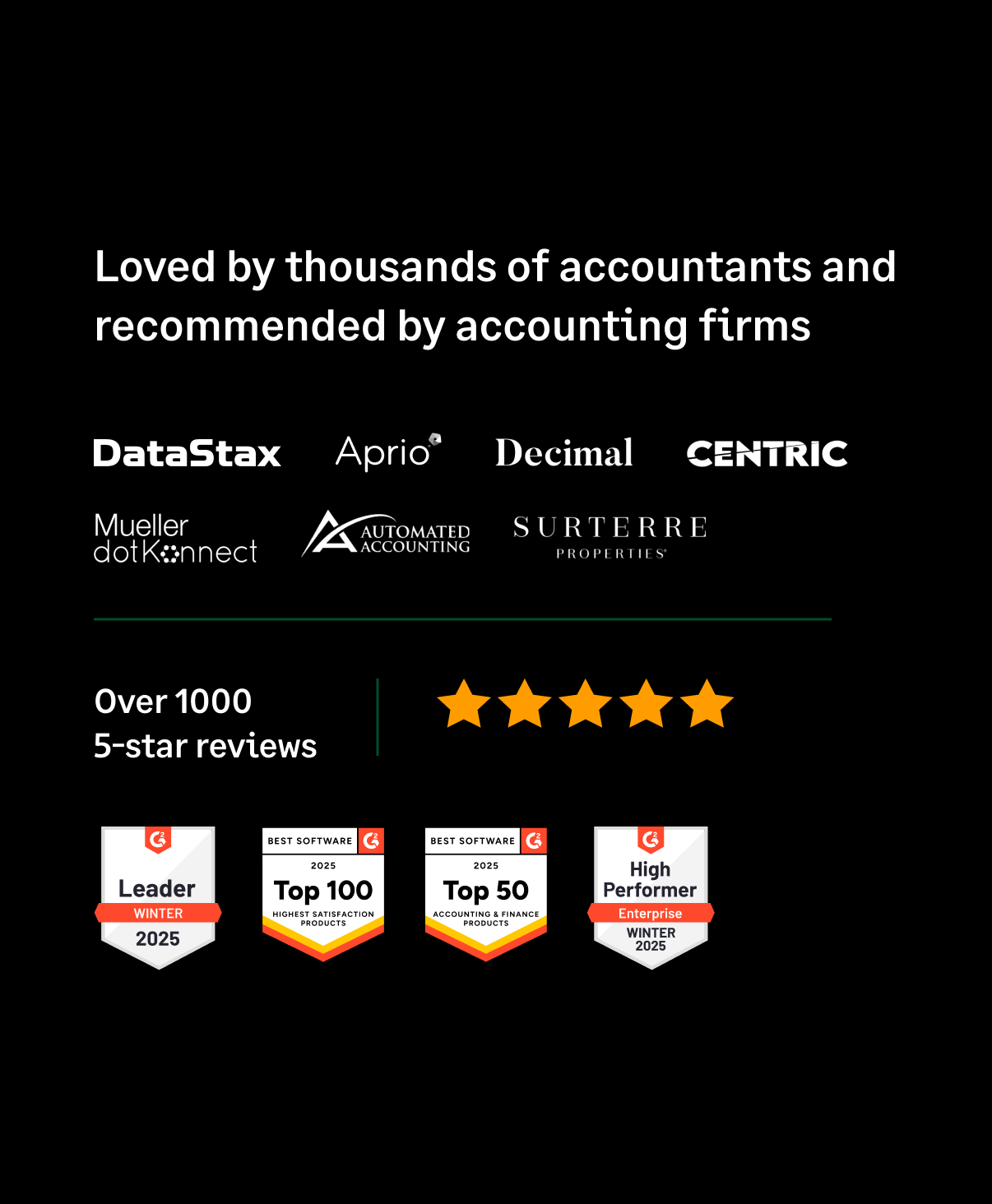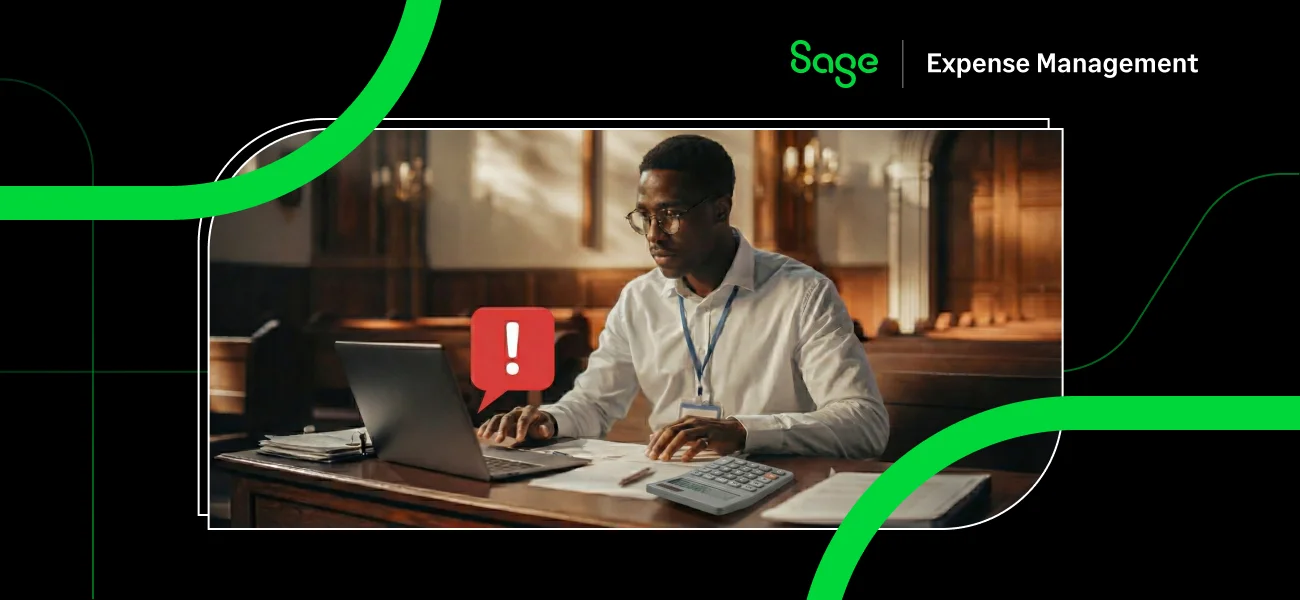Churches are more than places of worship; they are communities that require careful financial stewardship to fulfill their mission.
Whether funding outreach programs, supporting ministries, or maintaining facilities, financial management, is key to the church’s growth and impact. Without a proper budget, even the most generous donations can be underutilized or misallocated, leading to financial strain.
The Bible underscores the importance of wise planning in Luke 14:28-30:
"Suppose one of you wants to build a tower. Won’t you first sit down and estimate the cost to see if you have enough money to complete it?"
This principle applies directly to church budgeting. A clear, actionable budget allows churches to plan for current needs, prepare for future growth, and remain financially stable in uncertain times.
In this guide, we’ll explore the ins and outs of church budgeting–from understanding income streams to categorizing expenses to how you can implement technology for better financial management.
Why Is a Church Budget Important?
A church budget is more than a financial document; it’s a strategy for fulfilling the church’s mission. Here are some key reasons why budgeting is essential for churches:
1. Accountability and Transparency
A well-defined budget provides transparency, ensuring donors and members trust that their contributions are used responsibly. Churches that regularly share their financial reports foster a sense of ownership among congregants.
2. Alignment with Mission
A budget allocates resources to programs and initiatives aligning with the church’s vision, whether local outreach, global missions, or in-house ministries.
3. Financial Stability
Proper budgeting helps churches avoid overspending and prepares them for unexpected expenses.
Proverbs 21:5 reminds us: "The plans of the diligent lead to profit as surely as haste leads to poverty."
4. Legal Compliance
Budgets ensure adherence to financial regulations, including tax compliance, and safeguard against mismanagement.
Church Income Streams
A church’s ability to fulfill its mission depends on its income sources. Diversifying and optimizing these streams ensures financial stability.
1. Tithes and Offerings
Tithes are the backbone of most church budgets, reflecting the congregation’s faithful giving. Regular contributions allow churches to plan for predictable income.

2. Fundraising Events
Church-organized events like auctions, bake sales, and community dinners generate income and foster fellowship and community engagement.
3. Rental Income
Churches often rent their facilities for events like weddings, conferences, or community meetings. This provides a steady income stream, especially for churches with unused spaces during weekdays.
4. Investment Income
Interest from savings or dividends from investments can offer additional financial support. Larger churches often set up endowments for long-term sustainability.
5. Miscellaneous Income
This includes proceeds from selling merchandise, books or tickets to events. Offering online sales options can significantly increase this income stream.
Also Read:
6. Online Giving
Digital giving platforms have become a game-changer for churches. Offering options like mobile apps or text-to-give makes it easier for congregants to contribute.

7. Special Campaigns
Capital campaigns for building projects or mission trips often attract one-time gifts from members and supporters.
Church Expense Categories
A well-structured budget ensures that expenses are categorized to reflect the church’s mission and operational needs. Here’s how churches typically allocate their funds:
1. Staff Salaries
Staff compensation–including salaries, benefits, and taxes–constitutes the largest expense for most churches.

2. Ministry and Outreach
This category funds local and international missions, benevolence programs, and community outreach. This is the heart of their budget for many churches, demonstrating their commitment to serving others.

3. Facilities and Maintenance
This includes building upkeep, repairs, utilities, cleaning services, and property insurance. Churches with older buildings often spend more on maintenance.
4. Administrative Costs
Office supplies, software subscriptions, advertising, and liability insurance fall into this category. Churches should invest in tools that improve operational efficiency.
5. Travel and Conferences
Funds allocated for pastors and staff attending conferences, retreats, or mission trips. These expenses support professional development and ministry growth.
6. Office Equipment and Technology
This includes computers, printers, and audio-visual equipment for worship services and events. Technology investments often yield long-term savings.
7. Reserve and Emergency Funds
Saving at least 10% of income annually ensures that churches can handle unexpected expenses without financial strain.
8. Advertising and Outreach
Promotional efforts to attract new members and promote events. This includes print ads, social media campaigns, and community flyers.
9. Legal and Professional Services
Legal fees, accounting services, and professional consultations ensure compliance and sound financial practices.

Also Read:
Types of Church Budgets
Selecting the right budgeting approach depends on your church’s size and priorities:
Line-Item Budgeting
This traditional method lists every expense in detail. It’s ideal for churches seeking transparency and clarity.
Zero-Based Budgeting
Start from scratch annually, justifying every expense. This method encourages fresh evaluations of priorities and prevents unnecessary spending.
Program-Based Budgeting
Focus on funding specific ministries or initiatives. This method works well for churches with diverse programs that require tailored financial planning.
Steps to Creating a Church Budget
Follow these steps to create a robust and actionable budget:
1. Assess Income Sources
Review past trends and explore potential new revenue streams. Estimate a conservative income projection.
2. Categorize Expenses
Allocate funds across categories like staff, facilities, and ministry programs. Ensure the budget aligns with your church’s mission.
3. Set Priorities
Identify core programs and initiatives. Allocate the largest portion of the budget to essential ministries and staff.
4. Build a Reserve Fund
Save at least 10% of annual income for emergencies. This helps avoid financial strain during unforeseen circumstances.
5. Monitor and Adjust
Compare actual expenses with the budget regularly and make adjustments as needed.

How Sage Expense Management (formerly Fyle) Can Help
Sage Expense Management simplifies the budgeting process and helps churches stay financially organized and transparent. With it's advanced features, churches can optimize expense tracking, reduce administrative burdens, and ensure compliance with financial policies–all while focusing on their mission.
Here’s how Sage Expense Management can transform church budgeting:
1. Real-Time Budget Tracking

Sage Expense Management provides a centralized, unified dashboard where church leaders can monitor spending against allocated budgets in real-time. This feature eliminates the need for manual updates or cumbersome spreadsheets, giving church administrators instant insights into their financial health.
- Benefit: Avoid overspending by tracking budget utilization as it happens.
- Use Case: A pastor planning a community event can instantly check how much of the outreach budget remains before approving additional expenses.
2. Real-Time Receipt and Expense Tracking

Church volunteers often manage small-scale expenses, such as event supplies or travel costs for outreach programs. Sage Expense Management makes it easy for volunteers to submit receipts through mobile apps, email, or text. Its AI-powered system extracts, categorizes, and codes expense data instantly.
- Benefit: Simplify expense submissions for on-the-go volunteers.
- Use Case: A volunteer purchasing decorations for a church event can snap a photo of the receipt and upload it to Sage Expense Management, eliminating the need for paper-based submissions.
3. Simplified Reimbursements
Reimbursing staff and volunteers quickly and accurately is essential for maintaining morale. With Sage Expense Management, churches can process reimbursements via ACH transfers with a single click. Staff can also track the status of their reimbursements in real-time, eliminating follow-ups.
- Benefit: Speed up reimbursements and reduce administrative delays.
- Use Case: After a mission trip, the church’s finance team can reimburse travel expenses to all participants in one streamlined batch.
4. Integrations with Accounting Software

Sage Expense Management integrates directly with popular accounting software like QuickBooks, Sage, NetSuite, and Xero. This ensures that expense data is synced automatically, reducing manual entry errors and saving time during financial reporting.
- Benefit: Streamline accounting processes and maintain accurate records.
- Use Case: The church bookkeeper can export expense data directly to the church’s accounting software for year-end reporting without duplicating work.
5. Compliance with Financial Policies

Maintaining financial transparency and compliance is critical for churches. Sage Expense Management allows administrators to set custom expense policies, including spending limits, approval requirements, and receipt submission rules. The platform flags non-compliant expenses in real-time, ensuring that all transactions adhere to the church’s guidelines.
- Benefit: Enhance financial accountability and prevent misuse of funds.
- Use Case: A flagged transaction exceeding the pre-set spending limit for office supplies prompts a review, ensuring the expense aligns with church policies.
6. AI-Powered Reporting and Data Insights
Sage Expense Management's CoPilot allows churches to generate detailed expense reports with AI-driven insights through simple conversational queries. These reports offer valuable insights into spending trends, helping leaders make informed financial decisions.
- Benefit: Gain better visibility into financial health and optimize future budgets with AI assistance.
- Use Case: After reviewing Sage Expense Management's AI-generated spending analysis, the church reallocates surplus funds from administrative expenses to support an underfunded outreach program, guided by CoPilot's intelligent recommendations.
Take the next step toward financial clarity and efficiency—explore how Sage Expense Management can revolutionize your church’s expense management today.




















